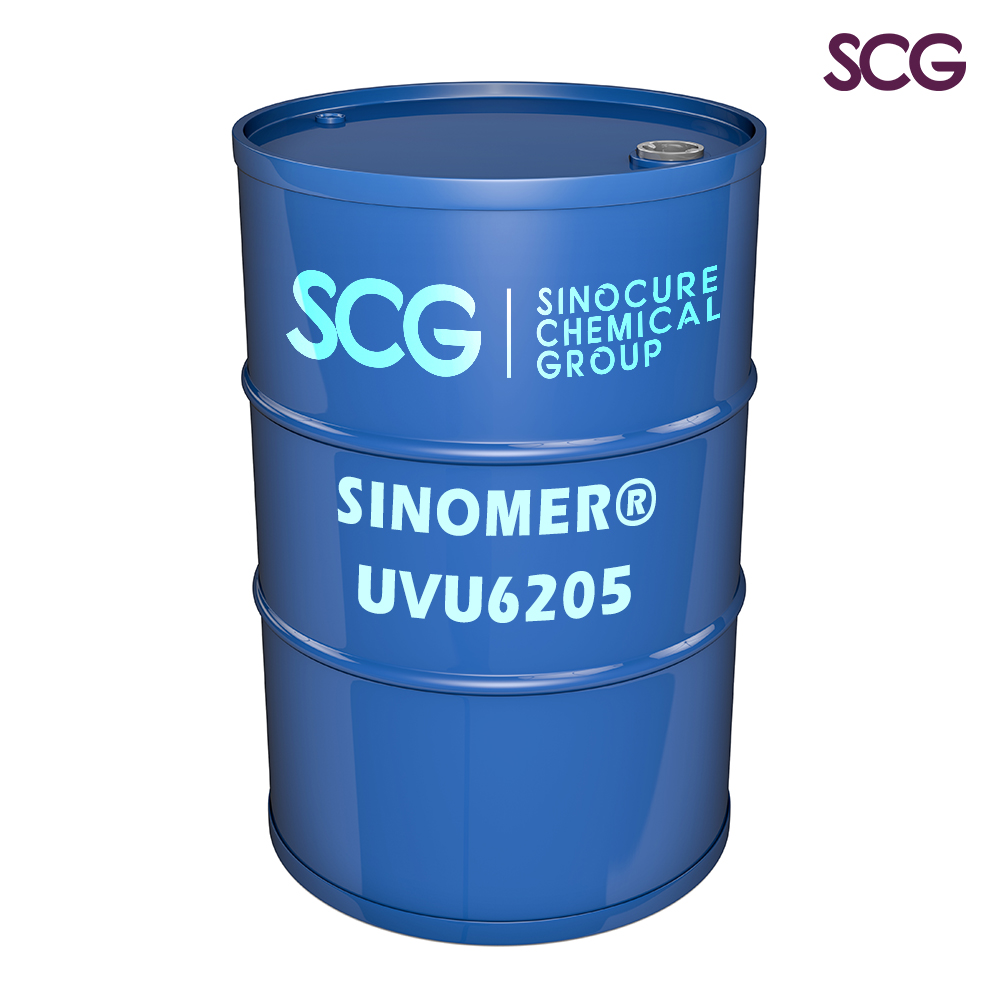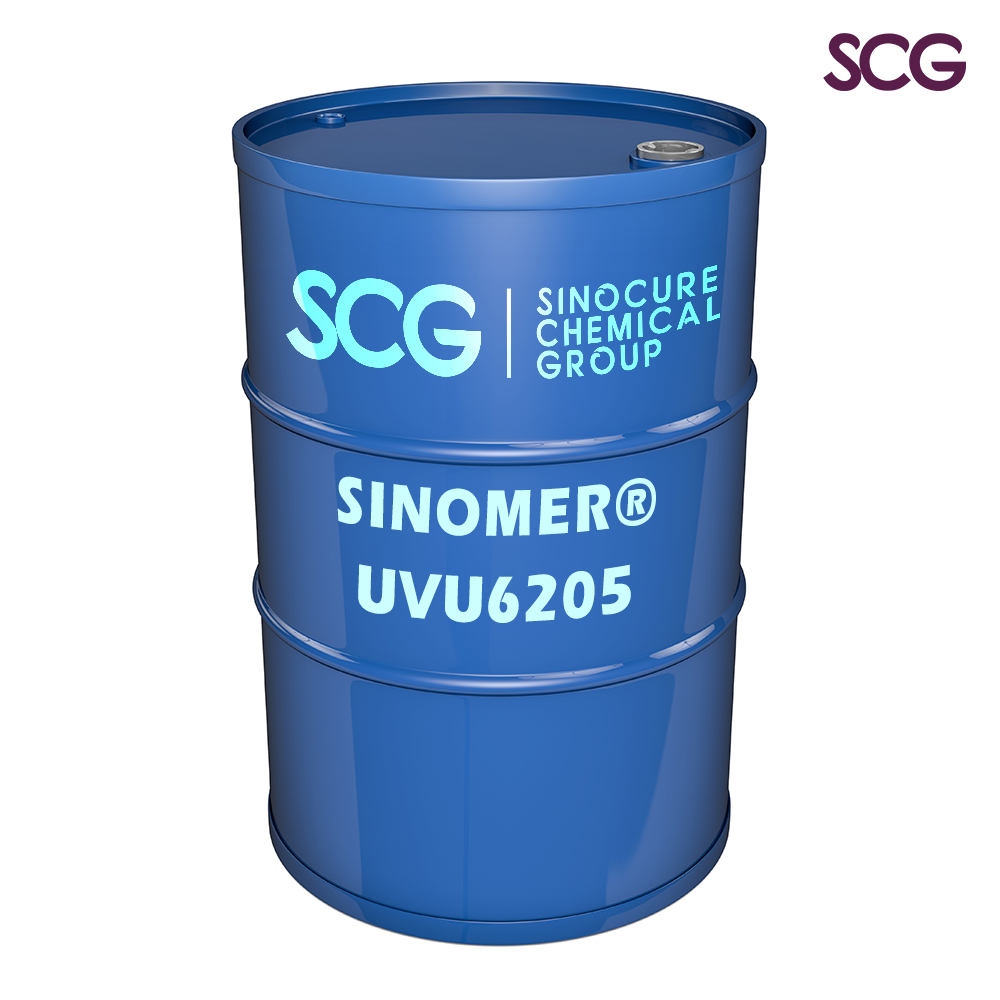3d Printable Tactile Sensors Cn984 Aliphatic Urethane Acrylate Three types of conductive inks CB inks with 40 vol of ethanol CB CNTs inks with 35 vol of ethanol and CB GPs inks with 25 vol of ethanol were selected for DIW to analyze the influences of printing speeds 60 mm min 70 mm min 80 mm min 90 mm min and 100 mm min on the printing process
Figure 1 a Schematic view of flexible tactile sensor worn on hand index and thumb fingers b two layered structure of the sensor and fingerprint patterned microfluidic channels with embedded galinstan liquid metal c temperature and contact force sensing principles Display full size The tactile sensors A piezoresistive effect is predicted by the movement of IL domains dispersed in an elastomer matrix and elastomer chains These proposed tactile sensors can be 3D printed because the materials used in this study are pho tocurable and the feasibility of the 3D printable stretchable piezoresistive tactile sensor has been
3d Printable Tactile Sensors Cn984 Aliphatic Urethane Acrylate
 3d Printable Tactile Sensors Cn984 Aliphatic Urethane Acrylate
3d Printable Tactile Sensors Cn984 Aliphatic Urethane Acrylate
https://www.sinocurechem.com/wp-content/uploads/2022/03/UVU6205.jpg
Here we present a 3D printed stretchable sensor made of polylactic acid graphene PLA G conductive polymer composite CPC as a piezoresistive sensing material sandwiched between two stretchable thermoplastic polyurethane TPU structural layers for acquiring tactile feedback such as pressure and bending angle
Templates are pre-designed files or files that can be utilized for numerous functions. They can save effort and time by offering a ready-made format and layout for developing various kinds of content. Templates can be used for personal or professional jobs, such as resumes, invitations, leaflets, newsletters, reports, discussions, and more.
3d Printable Tactile Sensors Cn984 Aliphatic Urethane Acrylate

China Modified High efficiency Liquid Hydroxyketone Photoinitiator

Wholesale High Definition China UV Curable Resin Aliphatic Urethane

Chemical Structure Of a Epoxy Aliphatic Acrylate EAA b Aliphatic

Difunctional Aliphatic Urethane Acrylate Oligomer GN8228

China High Elongation Aliphatic Urethane Acrylate CR90671 Manufacturers

Wholesale Factory Outlets UV Curing Oligomer Aliphatic Urethane

https://www.ncbi.nlm.nih.gov/pmc/articles/PMC6403645
The applications are categorized into five aspects 3D printed molds for microstructuring substrate electrodes and sensing element 3D printed flexible sensor substrate and sensor body for tactile sensors 3D printed sensing element 3D printed flexible and stretchable electrodes for tactile sensors and fully 3D printed tactile sensors

https://www.researchgate.net/publication/370920909_3D_printing
In this study we developed a UV curable polyurethane acrylate PUA elastomer with an elongation of 100 200 Using LCD 3D printing we were able to fabricate Triply periodic minimal surface

https://www.researchgate.net/figure/Chemical-structure-of-a-epoxy
EAA and AUD ink can form a highly elastic elastomer after being cured by UV light with the addition of TPO Since this ink is photocurable it was 3D printed with the digital light processing

https://dr.ntu.edu.sg/bitstream/10356/147899/2/Zhou-Lee2021_Article
Become an important fabrication method for soft robotics 3D structures from computer designs in simple steps and In this article the application of 3D printing techniques tactile sensors commonly used in soft robotics including capacitive tactile sensor piezoelectric tactile sensor and discussed

https://pubs.acs.org/doi/10.1021/acsami.9b20631
Infrared Spectroscopic and Mechanical Analysis of Supramolecular Self Healing in 3D Printable Urea Photoresins ACS Applied Polymer Materials 2022 4 12 8825 8832 https doi 10 1021 acsapm 2c01233 Anna Pierrard Abdelhafid Aqil Christophe Detrembleur Christine J r me
The statistics data of the publication on the topic of 4D printed soft tactile sensors STSs from of Science A Publications and B citations in each year Data were collected in the past 8 years 2012 2020 This article reviews the recent research outcomes concerning 4D printed STSs The proposed sensor is a soft pressure tactile sensor designed to be printed on a curved surface i e a fingertip and the curvature of the sensor is the same as that of the fingertip surface The sensor design uses multiple layers and materials in which a pressure sensitive IL polymer membrane is sandwiched between CNT polymer based
In the present study mechanical properties of the designed photopolymer resins could be adjusted by changing the UA or UV exposure time suggesting that aliphatic urethane acrylate has good potential for use in the design of printable resins for DLP type 3D printing in dental applications